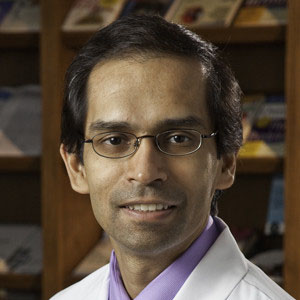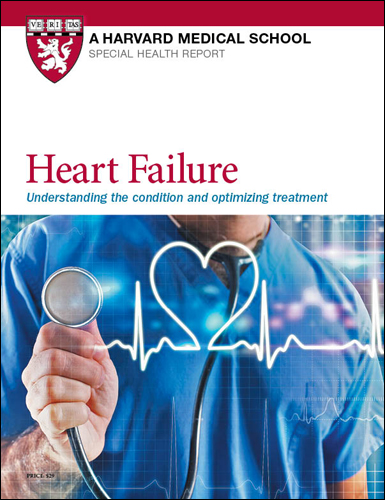The heart disease gender gap
Social and cultural factors may help explain why women don't fare as well as men when it comes to treating coronary artery disease.
- Reviewed by Deepak L. Bhatt, M.D., M.P.H, Former Editor in Chief, Harvard Heart Letter
 For at least three decades, heart disease has been the No. 1 cause of death for both women and men in America. So why are heart problems still often underrecognized and undertreated among women?
For at least three decades, heart disease has been the No. 1 cause of death for both women and men in America. So why are heart problems still often underrecognized and undertreated among women?
Sex-specific differences grounded in biology may play a role. The overall prevalence of coronary artery disease is lower in women, and they tend to develop heart problems at older ages (the average age for a first heart attack in men is 65, compared with 72 in women). But gender — which refers to the social and cultural characteristics associated with being male or female — has contributed to disparities in cardiovascular care, according to an editorial in the April 12, 2022, issue of the Journal of the American College of Cardiology.
"There are gender-based gaps at every possible level, from women's awareness of symptoms to how they're treated in the emergency department and doctor's offices," says cardiologist Dr. Michelle O'Donoghue, associate professor of medicine at Harvard Medical School. While many factors are at play, one major underlying issue is that historically, women simply haven't been well represented in clinical trials of heart-related conditions, she says. But the culture is slowly changing, and some of the gaps are starting to close, she adds.
The recognition problem
Starting in the early 2000s, campaigns to boost awareness of heart disease in women made some headway. In less than a decade, the percentage of women who recognized heart disease as the leading killer of women nearly doubled. More recent data have been discouraging, however: a 2019 survey by the American Heart Association found that only 44% of women correctly identified heart disease as their most lethal health threat, compared with 65% in 2009.
During a heart attack, chest discomfort (often described as pressure, tightness, or a squeezing sensation) is by far the most common symptom in both men and women. Women are slightly more likely than men to also report other symptoms, including nausea, fatigue, and breathlessness. And while these symptoms were long referred to as "atypical," a better term may be "understudied," according to some cardiologists. In addition, three uncommon and poorly understood types of heart attacks are far more prevalent in women (see "Unusual heart attacks: The female factor?").
Unusual heart attacks: The female factor?Most heart attacks happen when a blood clot obstructs a narrowed artery supplying the heart. However, several less-common scenarios can also disrupt coronary blood flow, causing similar symptoms.
|
Treatment delays
Research suggests that women tend to downplay their symptoms and delay seeking treatment. But health care providers may be contributing to this problem, too. One 2022 study found that women who came to the emergency department with chest pain had to wait an average of 11 minutes longer to see a doctor or nurse than men who described similar symptoms. The findings, gleaned from data on millions of emergency department visits, also found that women were less likely to receive an electrocardiogram (a standard test to check for a heart attack) and less likely to be hospitalized.
Earlier studies have shown that women are also less likely to be referred for diagnostic tests to check for coronary artery disease, the underlying cause of most heart attacks, or to be referred to a specialist. Finally, women who receive treatment — either medication or surgical procedures — for this common condition tend to have worse outcomes than men do.
All of these trends underscore the need for additional research that includes more women, says Dr. O'Donoghue. In a 2020 review of cardiovascular trials from 2010 to 2017, women made up only about 27% of participants in studies of coronary artery disease, although that figure is improving.
Image: © Sebastian Kaulitzki/Science Photo Library/Getty Images
About the Author

Julie Corliss, Executive Editor, Harvard Heart Letter
About the Reviewer

Deepak L. Bhatt, M.D., M.P.H, Former Editor in Chief, Harvard Heart Letter
Disclaimer:
As a service to our readers, Harvard Health Publishing provides access to our library of archived content. Please note the date of last review or update on all articles.
No content on this site, regardless of date, should ever be used as a substitute for direct medical advice from your doctor or other qualified clinician.
















